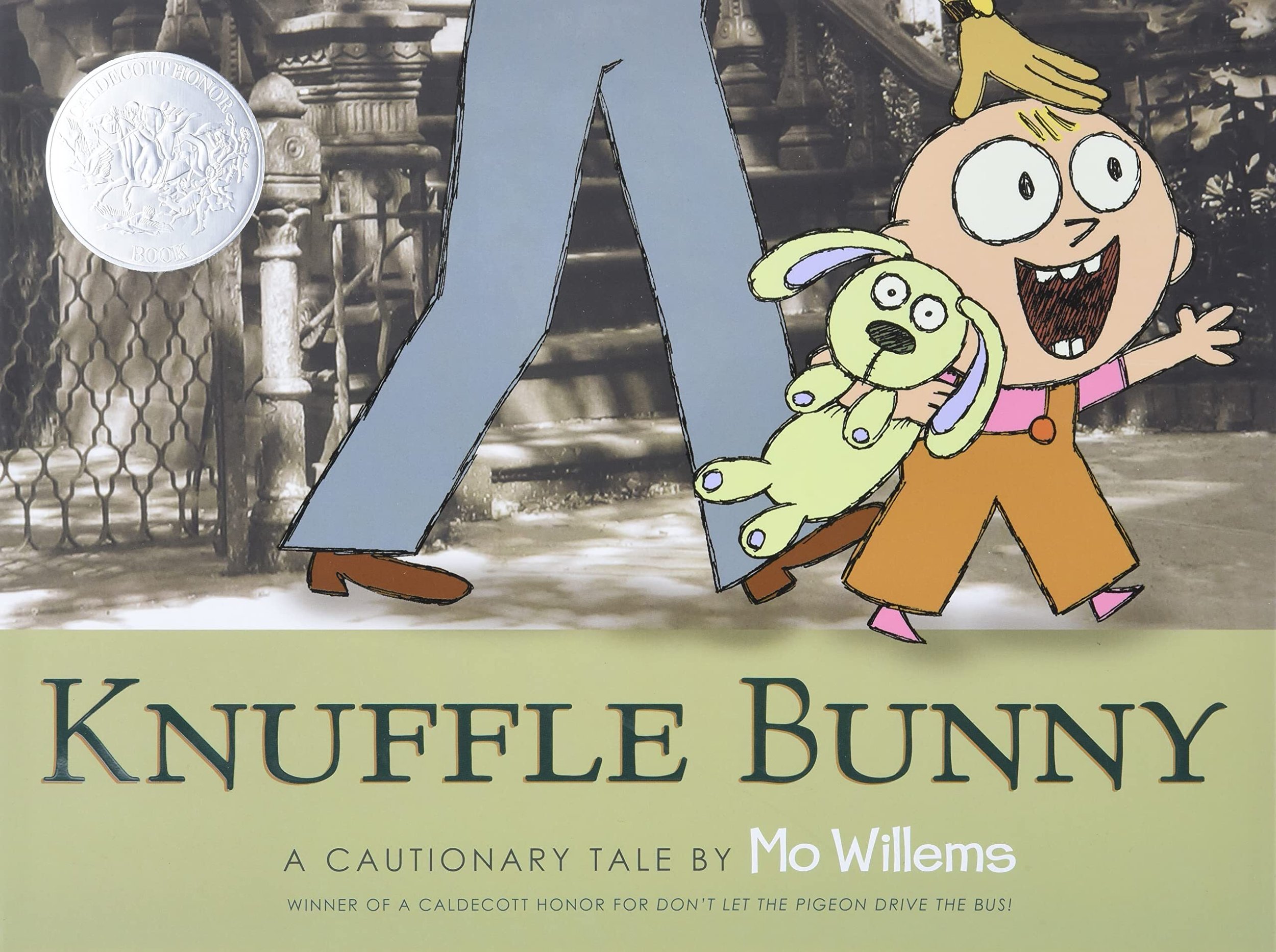How can we pray when we are experiencing devastation? What words can we use to express our confusion, disappointment, and anger to God? What if we have to wait a really long time before anything gets better? These are really hard questions. In this week’s lectionary text from the Hebrew Scriptures, Habakkuk confronts God with his confusion over the evil he sees around him. He asks how long he will have to wait for wrongs to be made right. He gives us words to speak to God when our own words fail. His prophecies demonstrate that questioning God can be a faithful action.
One of the questions Habakkuk asks God is “Why?” This is a familiar question for parents. We have probably endured a car-ride or two with a child who just got bitten by the why-bug. However you answer their questions, whatever explanation you give, the child just keeps asking, “Why?” This is Laura Vaccaro Seeger’s theme in her book, Why? Rabbit keeps asking because he trusts that Bear will answer, and Bear does. As you encourage your children to ask God questions, you might try to come up with some questions for God together. You can incorporate these questions into your family prayer time. Remember, God might take a long time to respond, but you can keep asking anyway.
Chains, by Laurie Halse Anderson, is a vivid and carefully researched historical fiction written for middle grade readers. This story connects to the theme of waiting and watching for justice in Habakkuk’s prophecy. Habakkuk laments as he endures injustice. Anderson’s story centers on Isabel, an enslaved African girl in New York before the American Revolution. Isabel experiences the evil of slavery, and laments the suffering she endures, at the same time as she refuses to give up hope for freedom. As you read this story, look for the ways Isabel keeps her hope alive. What difficult decisions does she face? What obstacles must she surmount? How does her story fit with the things you have already learned about this time period? How does her story change and enlarge your own perspective?
In this week’s epistle text, Paul encourages Timothy by reminding him that his faith is part of a legacy. Paul knew that Timothy’s mother Eunice and his grandmother Lois both had deep faith in God. He sees their faith living in Timothy. Last week, we had a baptism at church—we welcomed Charles Russin to our church family. Baptism is the first step in his life of faith. His parents will encourage him as he grows, and we at Trinity will get to be part of his journey as well! As a community, we are engaged in building a legacy of faith in our children. Vaunda Micheaux Nelson’s story, Who Will I Be, Lord?, depicts a young girl who sees the other members of her family living out their faith in the world. Watching them sow their seeds of faithfulness inspires her to live out her own faith. This book is a wonderful portrayal of a legacy of faith. What kind of legacy do we have in our church family? What about in your immediate family? You might construct a family faith album
together with stories of faith from across generations. Working on this kind of project can be a great opportunity to ask extended family members to share their own stories of faith, and to record the many ways that God has worked in each of your relatives’ lives.
In this week’s text from Luke’s gospel, the disciples are worried about having enough faith. Is this something you ever wonder? I know I do. But if we ask for more faith, do we even know what we are asking? What does “big faith” look like? We might imagine that big faith can accomplish dramatic things. What if it is the small, everyday acts that express our faith best? Kadir Nelson plays with this idea in his book, If You Plant a Seed. Rabbit and Mouse plant seeds and wait for the food to ripen for their feast. Nelson includes other kinds of seeds in his story as well – when the food is ready to harvest, other hungry animals gather. Will Rabbit and Mouse plant seeds of selfishness and fight over the food with the other animals, or will they plant seeds of kindness and share the bountiful harvest? What kind of seeds will you plant? If you have a chance, this is a good time to go to a farmer’s market for fall crops. There are lots of delicious things in season, like green beans, squash, brussels sprouts, apples, and pumpkins. Planning a pot-luck feast with friends, family, or neighbors is a great way to practice what you are learning about faith by sharing the bounty and sowing seeds of kindness. Because so many people are experiencing food insecurity right now, another way to plant and nourish seeds of faith is to bring a load of groceries to Arm-in-Arm’s food pantry, or to volunteer there if your schedule allows.
































